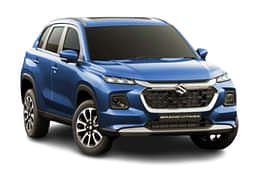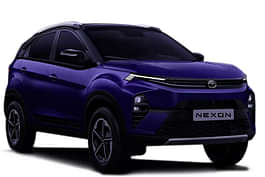
KEY HIGHLIGHTS
- Tata Harrier waiting period revised
- Comes down in February 2024
- Powered by a 2.0 litre engine generating 170bhp and 350Nm of torque
Tata Motors unveiled the newest version of the Harrier SUV in October 2023, featuring a completely redesigned look and enhanced features compared to its predecessor. This overhaul has garnered significant attention among SUV enthusiasts, leading to a noticeable waiting period for prospective buyers. Let's explore the current wait times for this flagship SUV. But before, that make sure to join our 91Wheels WhatsApp Group for the latest automotive updates.
Also Read- Mahindra Thar 5 Door Interior Spied Undisguised: New Details
Tata Harrier February 2024 Waiting Time Reduced
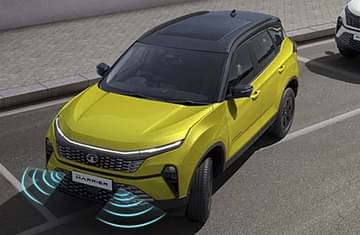
Presently, the revised Tata Harrier model entails a waiting period spanning from three to six weeks from the booking date. However, this timeframe might fluctuate based on various factors such as geographical location, dealership, variant, color choice, and others. Potential buyers are encouraged to reach out to their nearest authorized dealership for precise information tailored to their preferences.
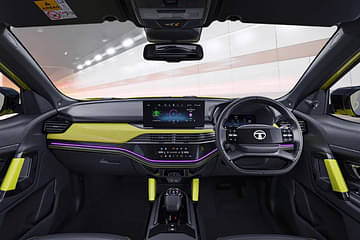
The latest version now integrates a slew of new features, such as Advanced Driver Assistance Systems (ADAS) incorporating Adaptive Cruise Control, a comprehensive safety suite with seven airbags, a cutting-edge gear knob called 'Smart E-Shifter,' paddle shifters, and dual-zone automatic climate control with touch-based controls.

Additionally, the updated model introduces a redesigned steering wheel featuring an illuminated logo, a generous 12.3-inch touchscreen infotainment system, a 10.25-inch digital instrument cluster with Navigational Display, and a premium 10-speaker JBL audio system.
Also Read- Skoda Slavia Style Edition Launched: Top 5 Highlights You Need To Know
Powertrain
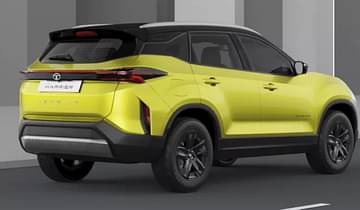
The 2023 Tata Harrier is driven by a 2.0-liter BS6 Phase 2-compliant diesel engine, generating 170bhp and 350Nm of torque. Transmission options include a six-speed manual and a six-speed torque converter unit, offering claimed fuel efficiencies of 16.8kmpl and 14.6kmpl, respectively.
Verdict





